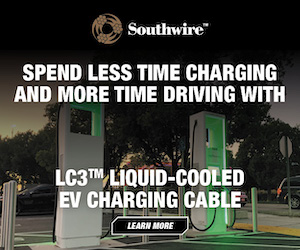The Dutch city of Utrecht is already pretty green. The rate of car ownership is far lower than in the US. The city boasts the world’s largest bike parking garage and an extensive network of bike lanes, and a new car-free neighborhood for 20,000 people is on the drawing board. Even here, however, cars aren’t likely to disappear, and the city has a plan to turn them into energy storage assets with a city-wide implementation of V2G technology—Utrecht’s goal is to be the world’s first “bidirectional city.”
“We see two megatrends: enormous growth of renewable energy generation, and at the same time, an enormous growth of the number of electric cars coming to the market and being rolled out,” says Robin Berg, the Director of We Drive Solar, which is building and managing a new network of bidirectional chargers. “For the energy transition to be effective without a huge investment by grid operators and other storage facilities, the way forward is to combine those two trends, and to enable the batteries and cars to be a buffer for renewable energy to balance the system.”
As Fast Company reports, a parking lot belonging to an insurance company called ASR now sports a sunroof with 2,000 solar panels, and 250 bidirectional chargers. When the sun shines, the panels will power the adjacent office building and charge parked EVs. When it’s dark, the EVs’ batteries will discharge energy to the building. A software package balances the energy demand. Hundreds of additional bidirectional chargers have been installed elsewhere in the city, and thousands more are in the pipeline.
At the moment, few commercially available EVs support V2G, but We Drive Solar is working with several automakers that will soon implement the technology. The Hyundai Ioniq 5, which supports bidirectional charging, will arrive in 2022, and Utrecht already plans to deploy a public car-sharing fleet of 150 Ioniq 5s. (Volkswagen just announced plans to add bidirectional charging to future models.)
The University of Utrecht estimates that around 10,000 EVs with bidirectional charging will be enough to balance the city’s entire electricity demand. That’s less than 10% of the current number of cars in the city.
We Drive Solar will study the effects of V2G on the cars’ batteries—it doesn’t expect to see any increase in battery degradation. “We won’t drain the whole battery,” Berg says. “We will just take out some power and put some power back, and this up-and-down process is not a [complete charging cycle]. It’s especially the whole cycles that are causing the battery to degrade sooner.”
Source: Fast Company
